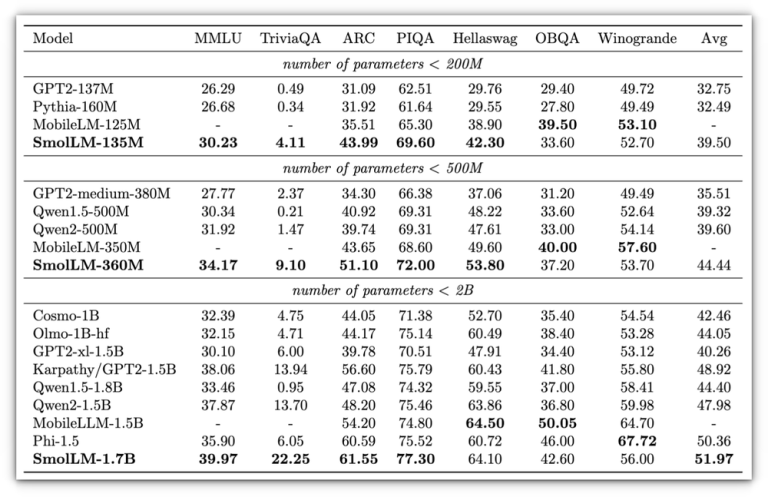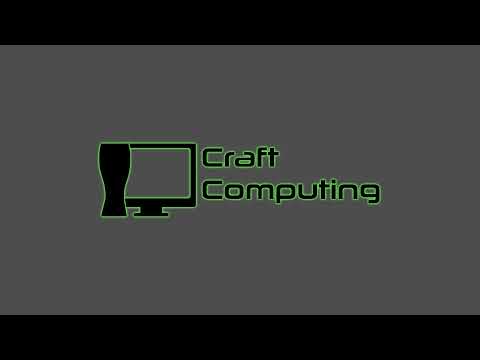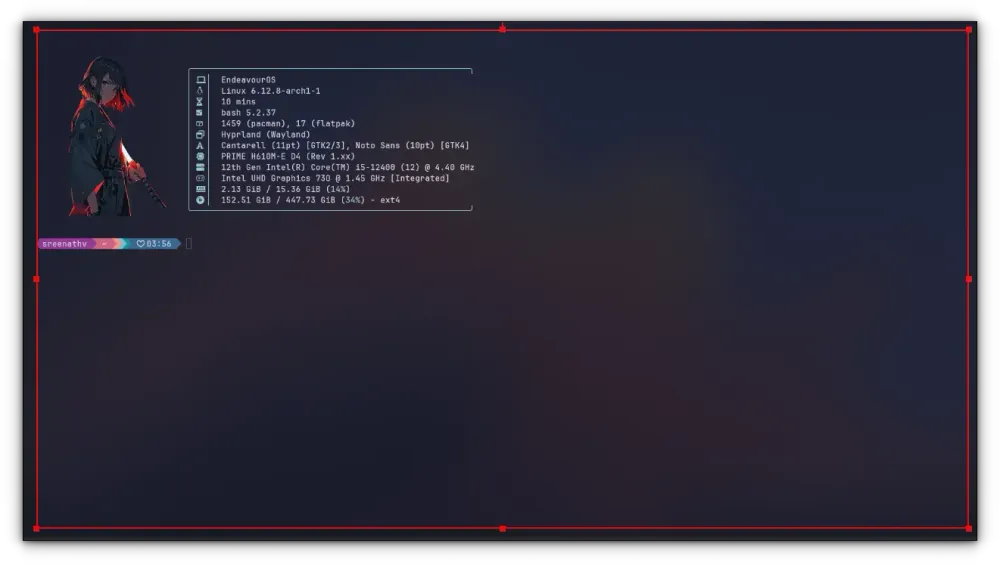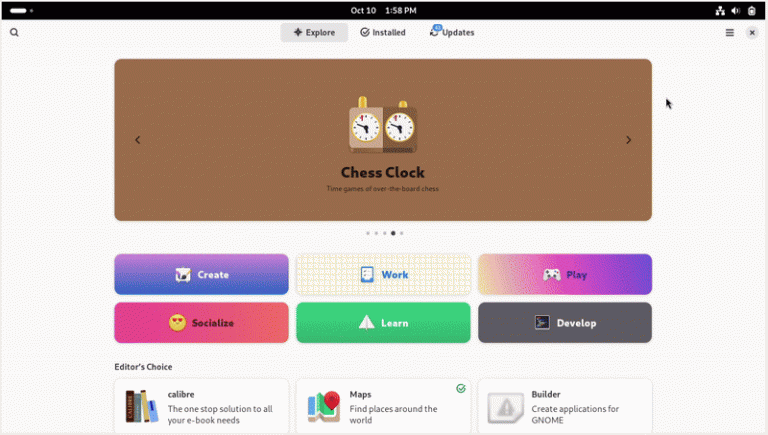
AIM7 is an upcoming product in the crowdfunding pre-launch phase. My experience is with a product in early stages and the product will improve with the feedback provided by me and other reviewers.One hiccup worth mentioning: I couldn’t test the SD card support as it didn’t work for me at all. This was disappointing, but the onboard eMMC storage provided a reliable fallback.I couldn’t process live video and images as I didn’t have a compatible camera module. I own an RPi camera module but lacked the compatible ribbon cable to connect it to the AIM-IO board.The build quality of both the module and the carrier board is solid. The AIM-IO board’s layout is clean, with clearly labeled ports and connectors. Since I was hoping to use this device for home automation projects, I also got myself a DIY-built case.
Table of Contents
Geekbench Scores
Having worked with AI hardware like Nvidia’s Jetson Nano and Raspberry Pi boards, I’m always curious about devices that promise powerful AI capabilities without requiring a large physical setup or heavy power draw.
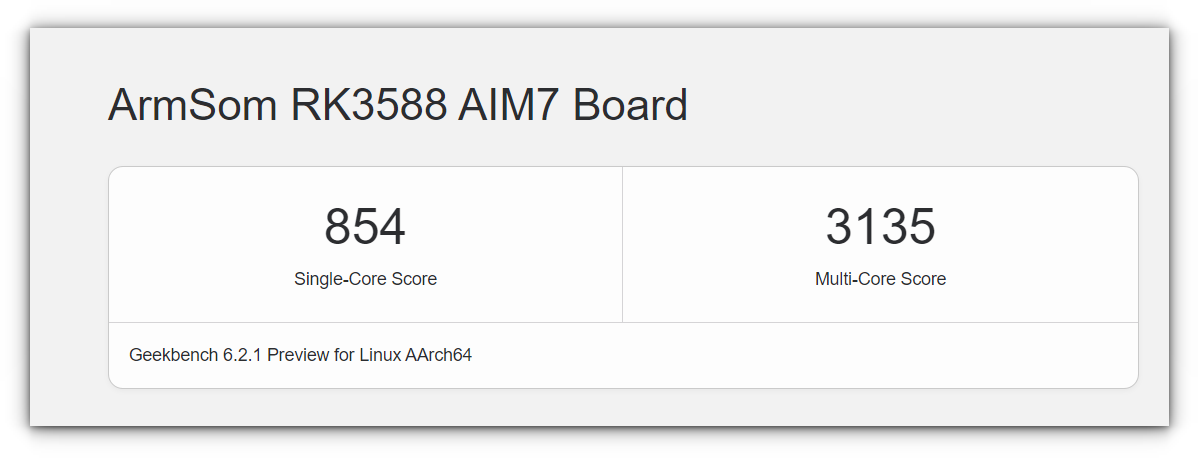
My only gripe is the lack of extensive documentation from ArmSoM. While it’s available, it often doesn’t cover everything, and I found myself relying on Radxa and Mixtile forums to work around issues. ArmSoM told me that documentation will be improved after the crowdfunding launch.
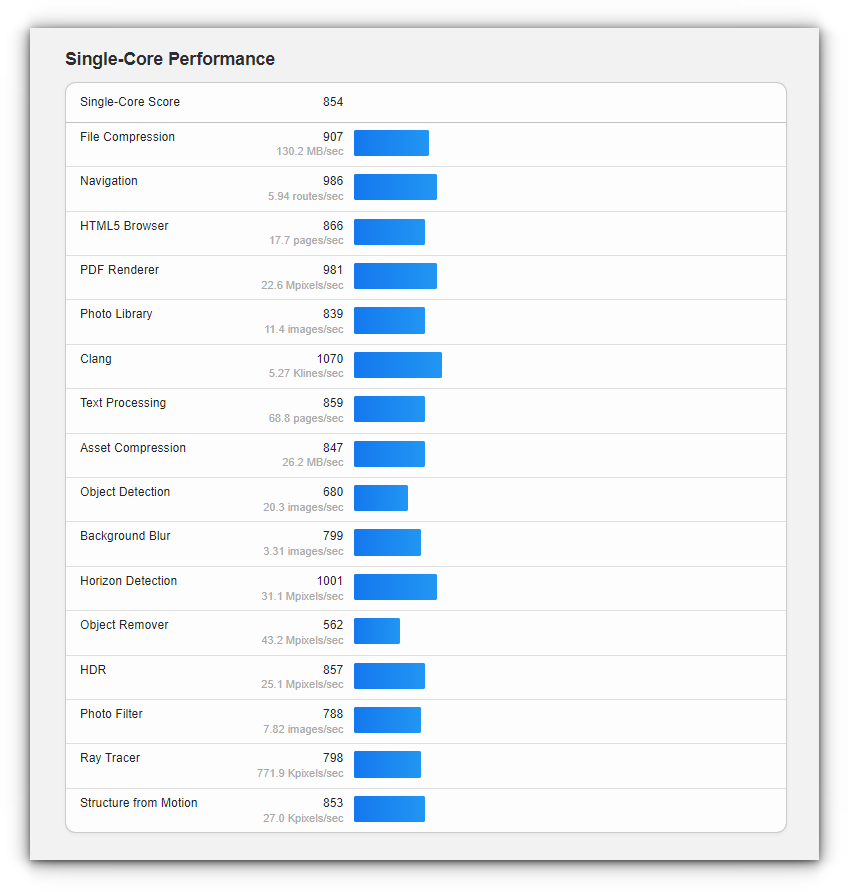
Despite this, I tested the image processing capabilities using the YOLOv8 model for Object detection on the demo images provided with it.

I’ve written a dedicated guide to help you install an OS on Rockchip devices using RKDevTool.
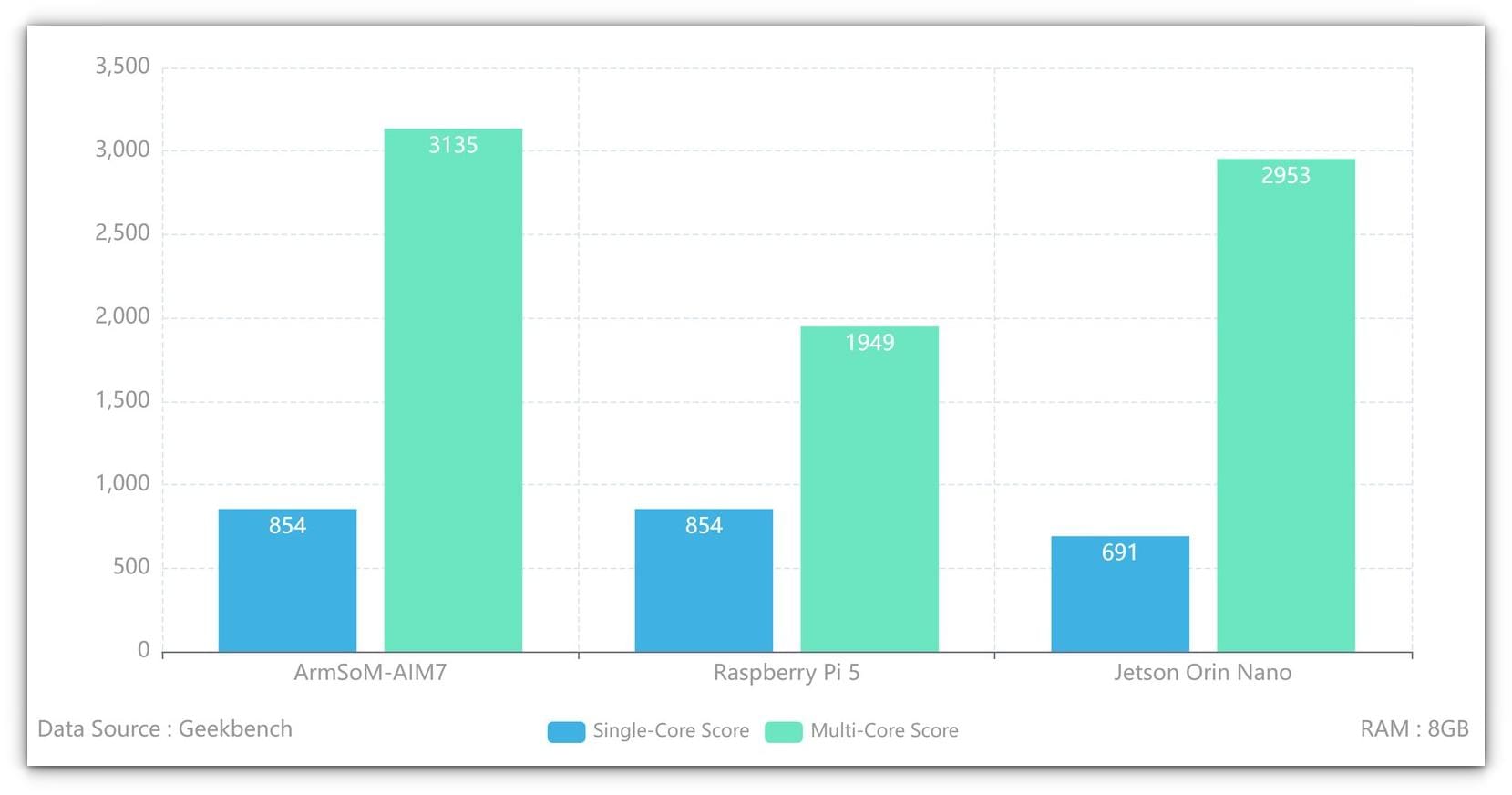
AI Workloads
Now, let’s talk about the OS installation. Spoiled by the ease of the Raspberry Pi Imager, I found myself on a steep learning curve while working with RKDevTool.
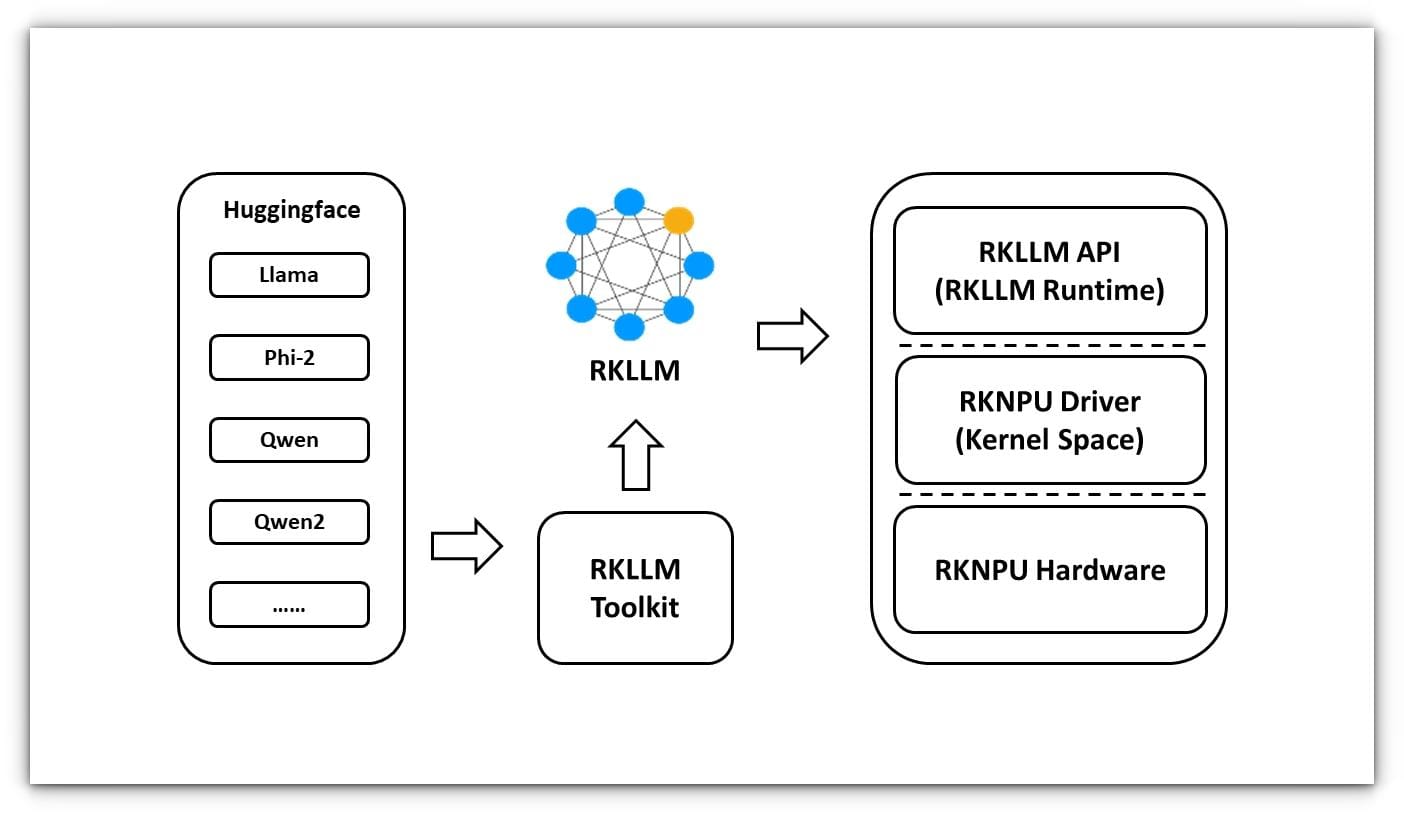
Burning an image for the Rockchip device required me to watch several videos and read multiple pieces of documentation. After much trial and error, I managed to flash the provided Ubuntu image successfully. At first glance, the AIM7 itself is tiny, measuring just 69.6 x 45 mm—almost identical in size to the Jetson Nano’s core module. The AIM-IO carrier board is designed to complement the AIM7 AI module. It offers a rich set of features, including multiple USB ports, display outputs, and expansion options, making it an ideal platform for development and prototyping.Installing the AIM7 onto the AIM-IO board was straightforward. The edge connector design, similar to the Jetson Nano’s, meant it slotted in effortlessly.
Image & video processing
Powering it up required a standard 5V barrel jack.
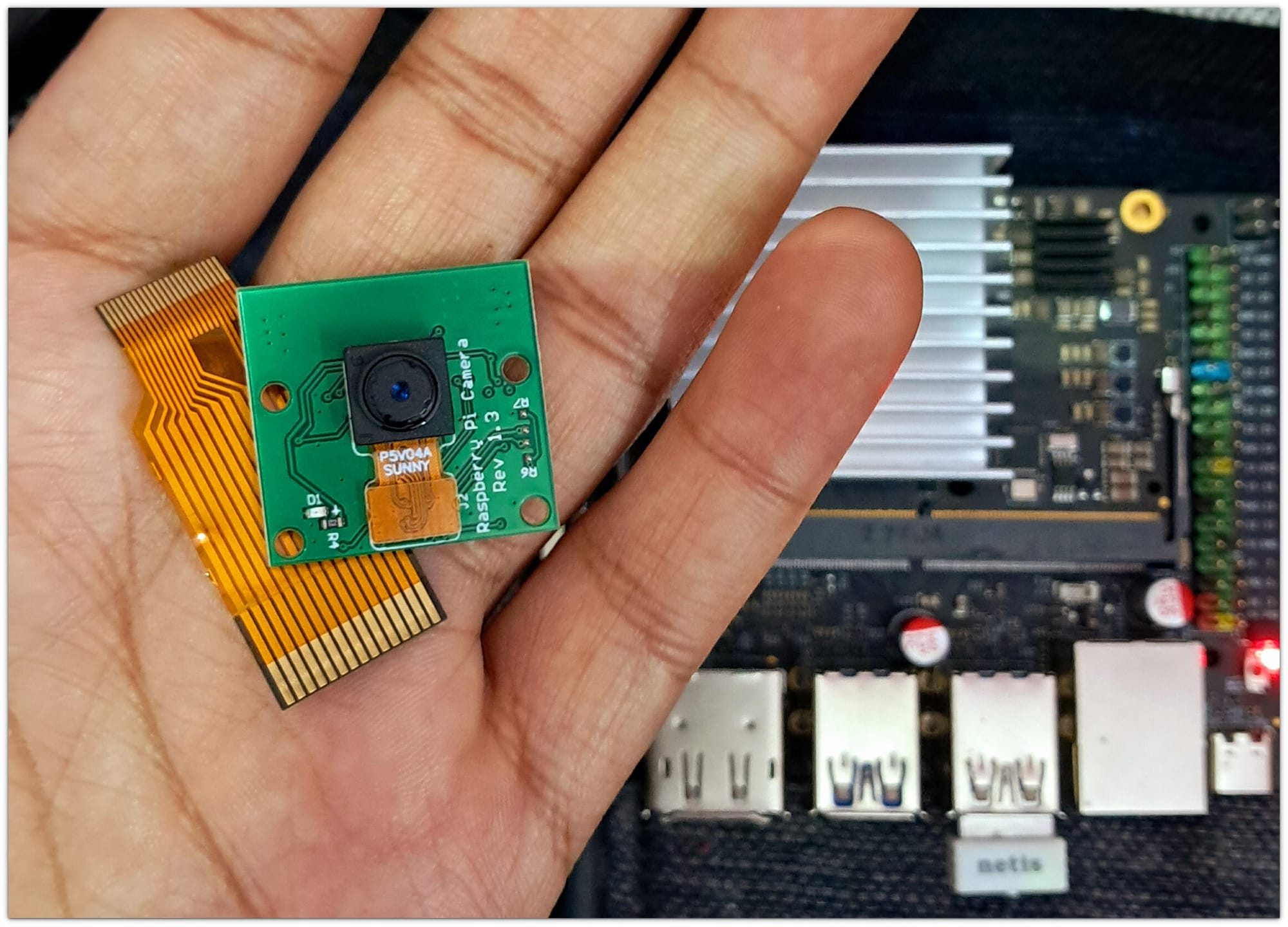
Output result:It features four USB 3.0 ports, HDMI and DisplayPort outputs, a 40-pin GPIO header and an M.2 slot for expansion, a welcome addition for developers looking to push the hardware’s limits.

Took me a lot of time to understand how to use it (will cover that in separate article, hopefully) but thanks to Radxa’s well-structured documentation, which provided a step-by-step guide.
What Could It Be Used For?
The RK3588’s multi-core performance blew the Raspberry Pi and even Jetson Nano out of the water, with scores nearly double in most tests.
- Home Automation: AIM7’s low power consumption and robust processing capabilities make it ideal for smart home setups. From controlling IoT devices to running edge AI for home security systems, the AIM7 can handle it all.
- AI-Powered Applications: With its 6 TOPS NPU, the AIM7 excels in tasks like object detection, natural language processing, and image recognition. It’s a great choice for deploying lightweight AI models at the edge.
- Media Centers: The ability to decode and encode 8K video makes it a powerful option for creating custom media centers or streaming setups.
- Robotics: AIM7’s compact size and versatile connectivity options make it suitable for robotics projects that require real-time processing and AI inference.
- Educational Projects: For students and educators, the AIM7 provides a hands-on platform to learn about embedded systems, AI, and computer vision.
- Industrial Automation: Its robust hardware and software support make it a reliable choice for industrial applications like predictive maintenance and process automation.
- DIY Projects: Whether you’re building a smart mirror, an AI-powered camera, or a custom NAS, the AIM7 offers the flexibility and power to bring your ideas to life.
When ArmSoM kindly offered to send me their upcomingAIM7, along with the AIM-IO carrier board, I was thrilled.
Final thoughts
After spending some time with the ArmSoM AIM7, I can confidently say that it’s an impressive piece of hardware. I installed Ubuntu on it, and the desktop experience was surprisingly smooth. The AIM7 arrived in a compact, well-packaged generic box alongside the AIM-IO board, which is essential for getting the module up and running. The AIM7 is a compact yet powerful board built around the Rockchip RK3588 SoC, an octa-core processor with a quad-core Cortex-A76 and a quad-core Cortex-A55, clocked up to 2.4 GHz.The AIM7 offers a wide range of potential applications, making it a versatile tool for developers and hobbyists alike. Here are some possible use cases:The AIM7’s 6 TOPS NPU is designed to handle AI inference efficiently. It supports RKNN-LLM, a toolkit that enables deploying lightweight language models on Rockchip hardware. Multi-core performance:
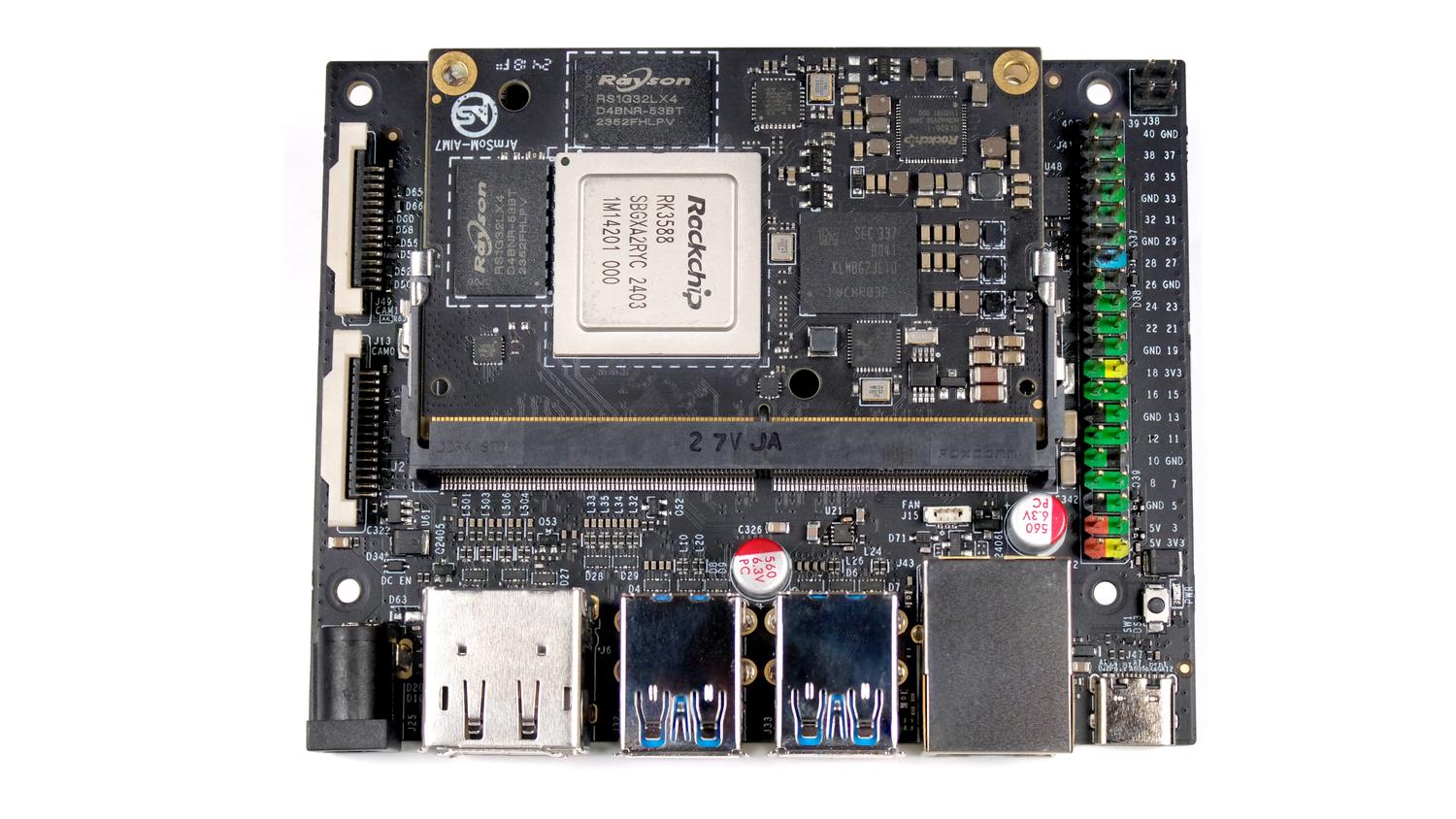
Here’s my hands-on experience with this exciting piece of hardware.

